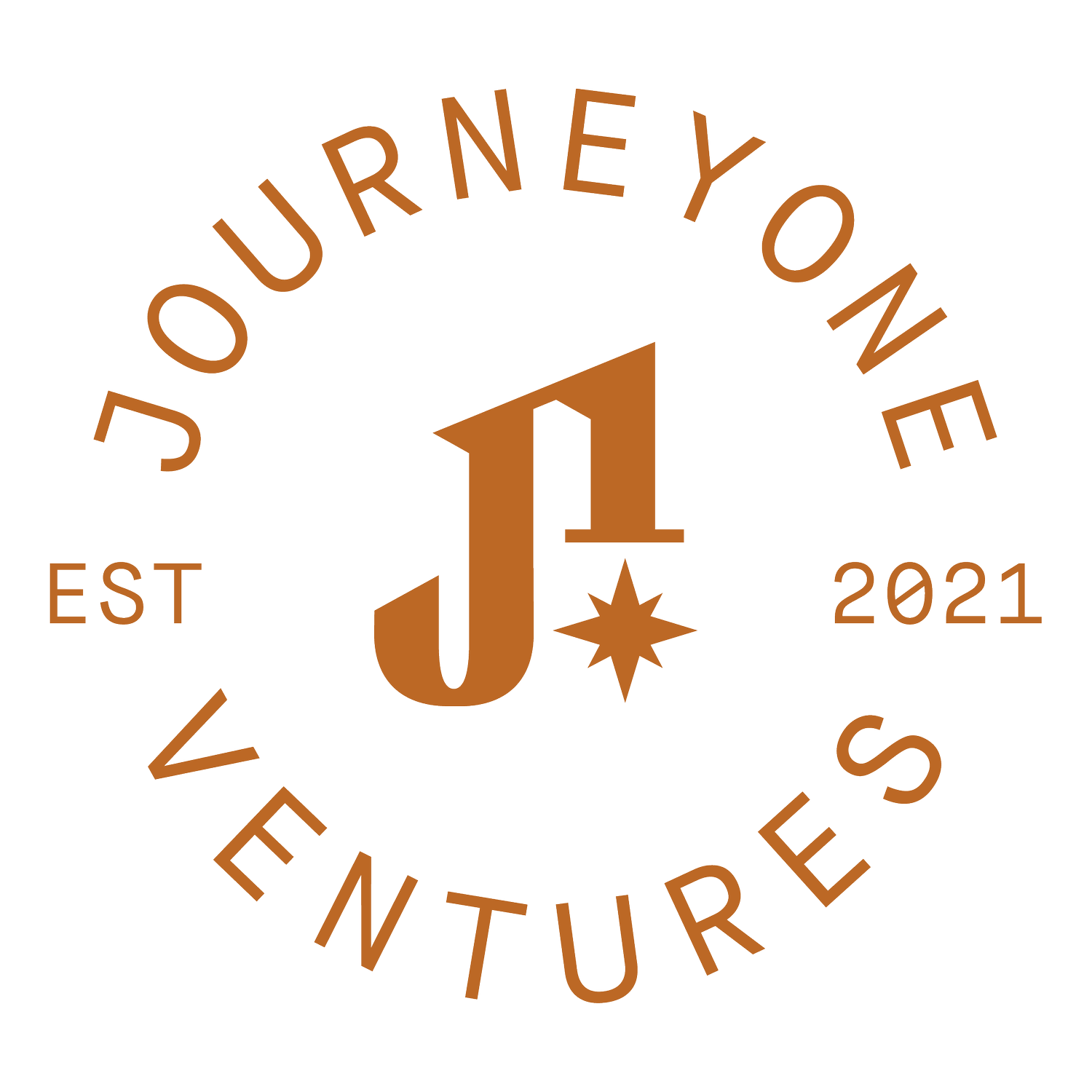Building Your Investor Pipeline
A recap of the “Building Your Investor Pipeline” webinar from the Hustle Fund.
By: The JourneyOne Ventures Team
Eric Bhan, General Partner and Co-Founder of The Hustle Fund, sat down with Immad Akhund, serial entrepreneur and CEO of Mercury, to discuss the ins and outs of generating a stellar investor pipeline. We’re breaking down the top takeaways for founders to consider in this daunting process; for more info, check out the full webinar replay here!
Tip #1: Prioritize networking with entrepreneurs.
Okay, you’re ready to start fundraising and pitching your company to potential investors. Unsure of where to start? Other entrepreneurs and founders might actually be your best bet.
Entrepreneurs are great at knowing the details behind each investor; they can provide context on what the investor looks for (that their website doesn’t list), advise on the investors that were easy to work with, and clue you in on who is willing to lead rounds. Immad recommends kicking off your investor target list by asking entrepreneurs the top 10 investors most suitable to your company that are actually helpful, and going from there.
Beyond their inside knowledge, warm introductions from founders can be really powerful. Investors are generally more likely to trust intros from the founders they already know and love than from other investors and industry people.
Tip #2: It’s just as important for you to assess your investor prospects as it is for them to assess you.
Part of curating a strong investor pipeline is being able to know which investors will be a good fit for you and your company. Especially at the early Seed stage, these investors will be your partners for the next few years, so think of this commitment as you would a marriage.
Now, how should you assess investors? While it changes based on the round (Seed, Series A, and so on), Immad provides some helpful considerations when evaluating your own Seed stage investors. First and foremost, they should have a founder-friendly reputation, even if things go wrong. Immad recommends doing your own due diligence on potential investors, especially if they are leading the round, which involves talking to other founders they invested in and seeing what they were like to work with and how they were supportive during the bad times.
Immad also suggests the “most important thing is to not have red flags.” Some red flags include:
Investors that haven’t actually invested that much (unless they are ex-entrepreneurs or were very involved in your relevant ecosystem).
Investors that have their own vision for the company that is drastically different than yours (remember, this is a marriage! You will have to work together to grow the company, and that is very hard to do if everyone has different expectations on what success looks like).
“Don’t work with assholes.” Sounds simple enough, but if your potential investors are coming at you with weird demands, setting unrealistic timelines, and generally being difficult, well, that’s a bad sign.
Tip #3: Curate genuine relationships, even if the answer is no.
Remember—investors are people too! No matter how great the company is, being able to create genuine relationships with potential investors will go a long way. While it can be hard to flip an investor who says no to an investment opportunity, they could be great prospects for future rounds.
Eric left us with some badass wisdom, coming from Shiyan Koh, one of the Hustle Fund’s other GPs: “You can either treat life as a single-turn transaction or a multi-turn transaction.” Some investors will meet a company in its Pre-Seed stage, decline, and then end of leading its Series A round. Relationships can take time to form in venture capital, so even though rejection is hard, try and think beyond the ‘no’ and how you can curate a meaningful relationship with this investor outside of this fundraising round.

